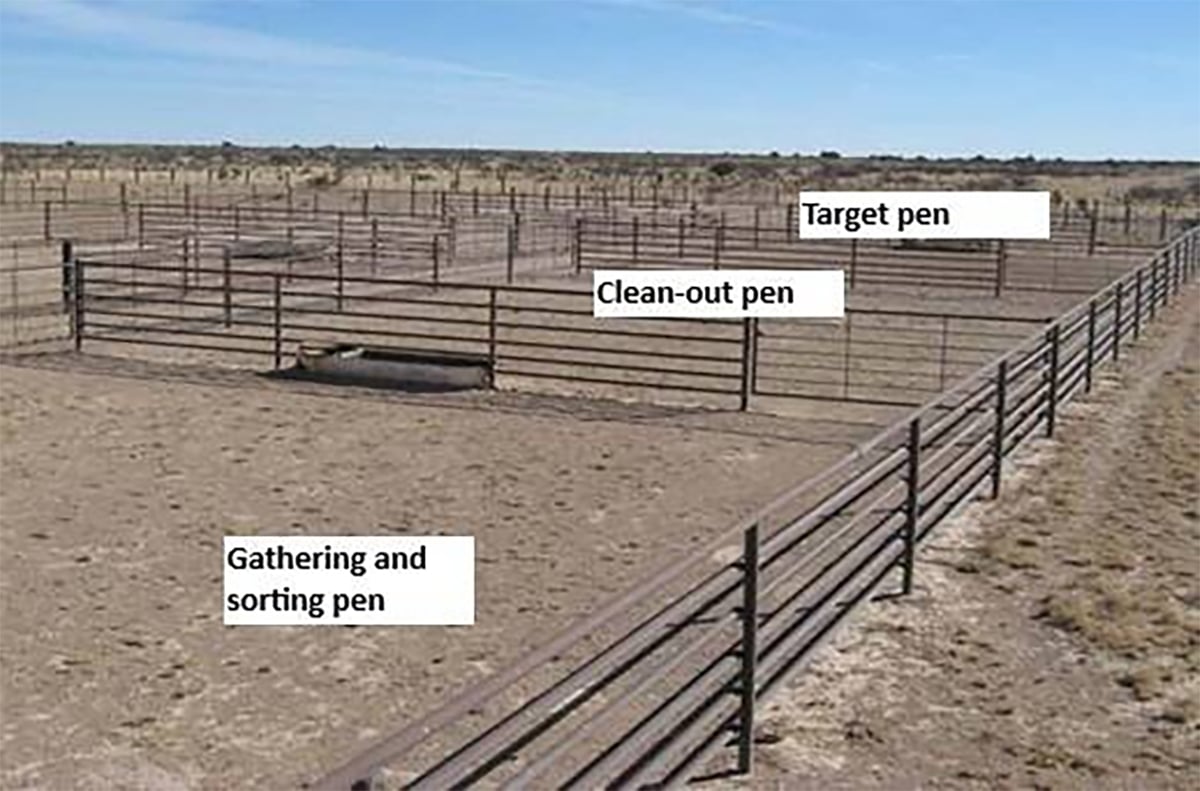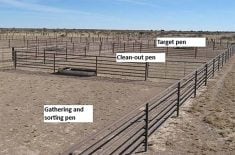CALGARY – Even though Canadian beef producers have said no to safety nets, the next generation of support programs is on its way.
So despite the end of the national tripartite red meat stabilization program last spring and the beef industry distancing itself from other income protection, it is still haunted by the threat of American trade action.
Two groups, the Montana Stock Growers and Colorado Cattlemen’s Association, are investigating Canadian support programs, said Dave Andrews. He chairs the Canadian Cattlemen’s Association foreign trade committee.
Read Also

Teamwork and well-designed handling systems part of safely working cattle
When moving cattle, the safety of handlers, their team and their animals all boils down to three things: the cattle, the handling system and the behaviour of the team.
A letter from Colorado to the CCA said beef producers are concerned about the number of fed cattle being imported from Canada and processed in Colorado.
“These are the questions they want asked: How can it be more cost efficient for a Colorado packing plant to transport cattle across two states and an international border than it is to purchase cattle in their own backyard,” said Andrews.
He told the Alberta Cattle Commission annual meeting last week that Colorado is concerned about cost of production and wants to know if these costs are being underwritten by subsidies.
“As long as we have a significant, positive trade balance with the Americans we’re going to have these kinds of questions to answer.”
While the beef industry has rejected protection plans, Andrews said it must be involved in safety net discussions to be sure any new programs are fair to all producers.
In a speech to the commission, Alberta agriculture minister Walter Paszkowski said some form of program is necessary to protect volatile farm income.
The cattle industry is more vulnerable because of its size and heavy activity in export markets.
“The bigger you are, the harder you fall,” he said. “We’d like to be able to opt out immediately (from the Gross Revenue Insurance Plan) and put together a whole farm. We’re recommending the GATT 70 approach,” said Paszkowski.
Made in Alberta plan
GATT 70 is an Alberta-designed program that offers protection to beginning farmers, improved crop insurance and is supported by money from producers rather than government.
Focus groups told Paszkowski last June that farmers and cattle producers want some kind of safety net, but ACC past-chair Larry Sears said that opinion has changed.
The tripartite stabilization program had just ended and some producers felt they needed something to tide them over.
“What we have to recognize is that no program was a very close second option,” he said.
Further trade pressures from the United States, along with a dip in cattle market prices, have taught producers to handle risk better.
“I think producers are becoming more comfortable with letting the market do what it will by itself.”















